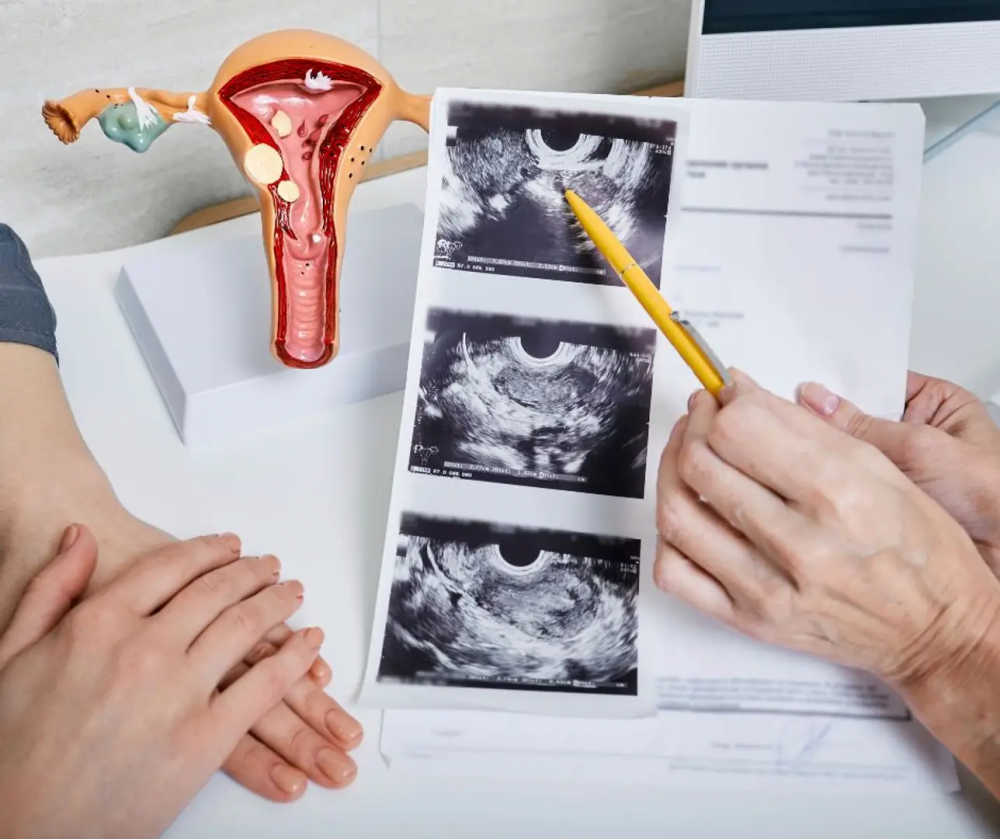Hearing you have a diminished ovarian reserve (DOR) can make your fertility path feel really narrow, leaving you with more questions than answers. You might have already tried IVF a few times with frustrating results, or maybe you’ve been told your only path forward is donor eggs, even when you’re not ready to give up on your own. It’s an incredibly difficult and tiring experience, often leaving you searching for any glimmer of hope: ‘What else can I possibly try?’
That’s precisely why ovarian PRP therapy is becoming a topic of interest. It’s a newer approach to fertility, rooted in how your own body can heal and repair. While it’s still under study, people are genuinely hopeful about its potential to give your ovaries a little extra support, possibly opening up new pathways you might not have considered.
Let’s take a closer look at what PRP is, how it works, and why it may be a path worth exploring for women facing DOR.
PRP Therapy: A Closer Look at the Definition
Let’s take a closer look at what PRP therapy actually is.
PRP actually stands for platelet-rich plasma. Just consider it to be a super-saturated portion of your own blood, which is literally loaded with its minute growth factors. These growth factors are your body’s little contractors; they are well known to aid in tissue healing and regeneration. Perhaps you have read or heard how PRP has been used to tackle sports injuries, or perhaps in skin, where they in fact are known extensively for healing an injured part. Indeed, doctors are today testing their potential use in helping fertility.
When it comes to PRP for ovarian rejuvenation, it starts with taking just a small amount of your blood, much like a routine lab draw. That blood then goes into a special machine called a centrifuge, which spins it really fast. This separates out and concentrates those incredibly valuable platelets. Once prepared, this super-rich PRP is then carefully injected directly into your ovaries. The main idea behind this is to gently nudge any quiet or dormant follicles into action and create a healthier environment all around them, hopefully encouraging your eggs to develop better.
Since the PRP comes directly from your body, the risks are generally very low. While it’s important to remember that it’s not a guaranteed fix, for some women, it truly could be a promising alternative when other fertility options haven’t worked out.
How PRP For Ovarian Rejuvenation Works
PRP is rich in growth factors and signaling proteins, which have a role to play in cell repair, regeneration, and conservation. Upon injecting the ovaries, these compounds could:
- Enhance the growth of new blood vessels (angiogenesis)
- Minimize apoptosis of aging ovarian tissue.
- Activate the sleeping or unproductive follicles.
- Possibly improve the quality of eggs in the long run.
Compared to hormonal stimulation, however, where the follicles are already actively growing, PRP is designed to stimulate other follicles that otherwise would never bud. It is not a cure, but it is a regeneration push, which can help to improve the way the ovaries work.
What Does the Research Say?
Despite the fact that PRP therapy remains in the experimental phase in the fertility field, recent research has demonstrated positive developments, especially among women with DOR or premature ovarian insufficiency (POI).
A number of systematic reviews and meta-analyses published in some journals have reported positive changes in ovarian reserve markers, including increased anti-Müllerian hormone (AMH), reduced follicle-stimulating hormone (FSH), and higher antral follicle counts (AFC) after PRP treatment.
Additionally, a recent study in February 2025 examined ovarian cells at the molecular level and found that PRP triggered beneficial activity in cumulus cells, which play a key role in egg maturation. This kind of research provides scientific backing for how PRP might help improve the conditions necessary for healthier egg development, even if pregnancy success rates are still being studied.
Though further large-scale trials are required, the results justify the notion that PRP has the potential to give a biological edge to a few women whose ovaries are not responding optimally to conventional treatment.
Who Might Be a Candidate?
PRP therapy is worth exploring if:
- You’ve been diagnosed with DOR or POI.
- You’ve had a low response to fertility medications.
- You’re over 35 or 40 and want to try using your own eggs.
- You’re not ready to go the donor egg route yet.
It’s important to speak with a fertility specialist to determine if PRP is a good fit for your individual case. Since it’s not yet considered a standard of care, proper evaluation and counseling are essential.
How Clinics Integrate PRP Into Fertility Plans
PRP isn’t usually offered as a standalone fix. PRP for Ovarian Rejuvenation offered at clinics usually becomes part of an individualized treatment plan. This may entail:
- Close follow-up of the level of hormones during and after PRP
- Modified IVF treatments depending on your reaction
- Time-specific follow-ups so that the changes in the number of follicles and egg quality can be monitored
Ovarian health is complex, with many other factors that cause a difference in a personal approach.
Final Thoughts
It is normal to be frustrated when conventional fertility therapies fail to provide any answers let alone hope. PRP therapy is not a solution of miracles, but it is a safe, effective procedure with low risk that can give many women what they really need another opportunity.
PRP will provide a whole new way to restore fertility in women with DOR, who wish to continue trying their own eggs. Supported by budding evidence and actual clinical enthusiasm, it is a step forward, one that speaks to resiliency, science, and hope in combination.
When you hear that there is nothing they can do, perhaps it is time to consider the next step.
